Longshan Temple in Taipei’s Wanhua district is a Chinese folk religious temple built by Chinese settlers from Fujian in the early-to-mid 18th century. Also known as Bangka Longshan/Lungshan Temple due to Bangka being the Taiwanese Hokkien name for Wanhua, the temple has strong Buddhist elements as well as alters to various other gods, including sea goddess Mazu. (Read more: Ultimate Taipei Day Tour)
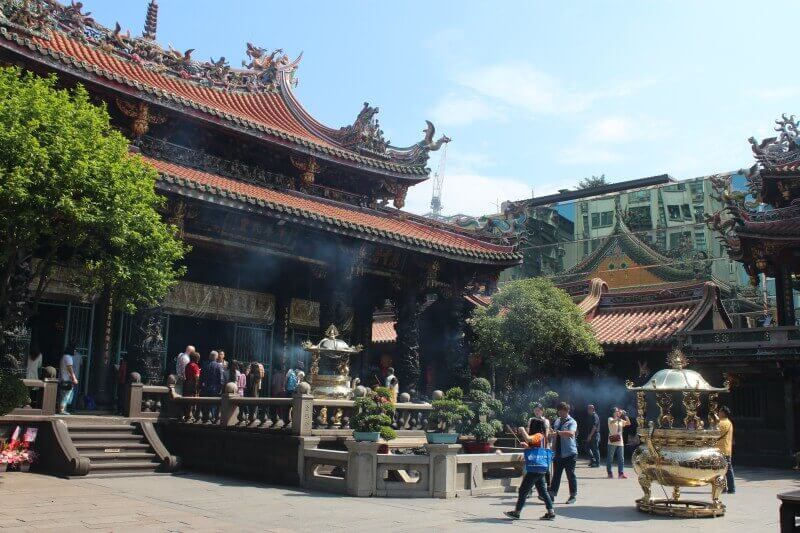
Wanhua is Taipei’s oldest district and home to well-known shopping destination Ximending. During the Qing era, huge amounts of trade were conducted in the Wanhua (Bangka) area, making it one of the most important places in northern Formosa, and during Japanese rule, it was the third most populous city on the island (at the time it was a city part of the Taihoku [Taipei] capital area).
Longshan Temple is one of Taipei’s premier tourist attractions and a great location to plan a day around. Here are eight fantastic things to do in the Longshan Temple and Wanhua district area during your next visit to Taipei. (Read more: Taipei: a museum without walls)
Longshan Temple itself
Longshan Temple is considered one of the three great (or “big three”) temples of Taipei; the other two being Qingshui Temple and Dalongdong Baoan Temple. Ten gods are commonly worshipped there, including sea goddess Mazu (who has her own hall at the northern end of the temple), the god of marriage Yue Lao, and goddess of mercy Guanyin. (Read also: The Mazu Pilgrimage Experience)
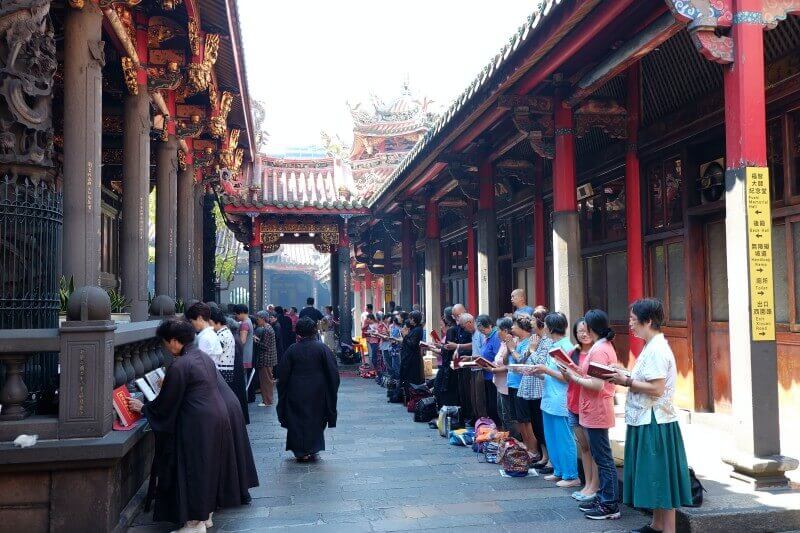
Reconstructed in 1920, the temple now houses fine examples of traditional folk art. The Fore Hall, for example, is home to Taiwan’s only pair of bronze dragon columns, while the Main Hall, in the temple’s center, features many fine wooden carvings and designs. A dedicated municipal historical site, you won’t go wrong with a visit to Longshan if you want to see a traditional, authentic Taiwanese temple for yourself. (You might also like: Shaping the Memories of a Century: Master Guo Gengfu’s Life of Mortar Shaping)
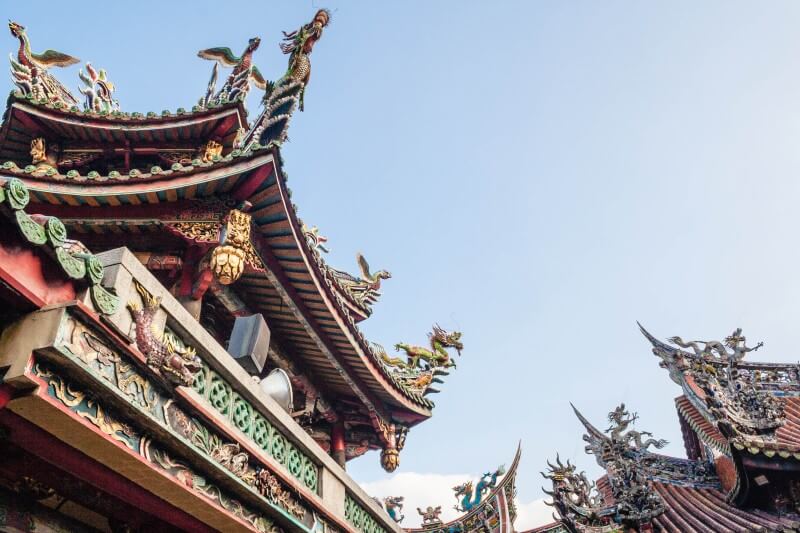
Pop into Qingshan Temple too
One temple not enough for you? Qingshan Temple on Guiyang Street is home to the Qingshan King Rituals (青山王祭典), a series of pilgrimages/religious activities are held annually from October 20-23 of the lunar calendar. A brilliant example of southern Chinese temple architecture, Qingshan Temple is one of Taipei’s oldest, being built in 1854. It even survived WW2, which a lot of parts of the city, including the original incarnation of Longshan Temple, did not. (Read more: The Qingshan King Rituals of Bangka)
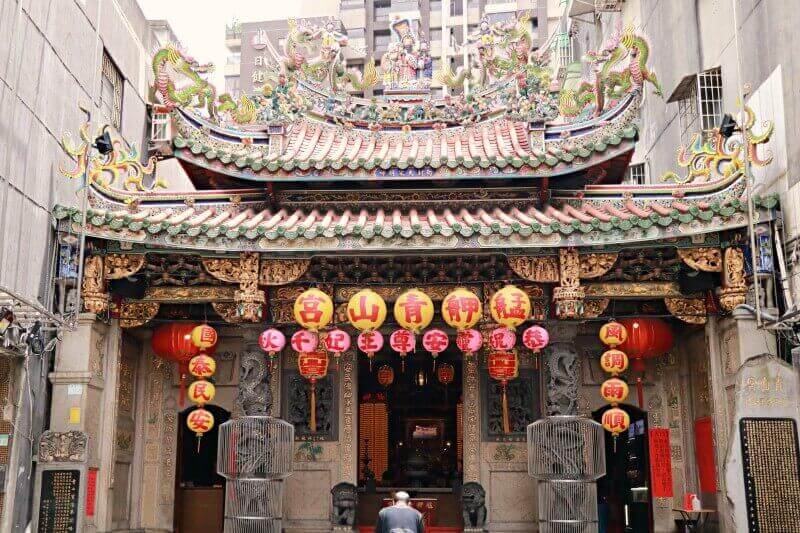
Complete a Hattrick of Temples at Qingshui Temple
Another of Taipei’s great temples located in this historic district, Qingshui Temple was built in 1787 and is a protected cultural relic. It is one of three temples in Taipei/New Taipei dedicated to Master Qingshui (清水祖師), the other two being in Sanxia and Tamsui respectively. There are two separate shrines for Master Qingshui, as well as shrines dedicated to the likes of Mazu, the Earth God, and the God of Literature. Used as a school during Japanese rule, nowadays, the temple celebrates this fact and is a leader in the promotion of education in Taiwan.
Explore Bopiliao Historic Block
Not a temple (sorry), but still one of the most historic locations in Taipei. As the city has developed over the years, going through eras such as Japanese rule and post-WW2 recovery, Bopiliao Historic Block’s architecture has maintained its Qing Dynasty feel and aesthetic. Restored and opened to the public in 2009, nowadays, the area is home to many art exhibitions.
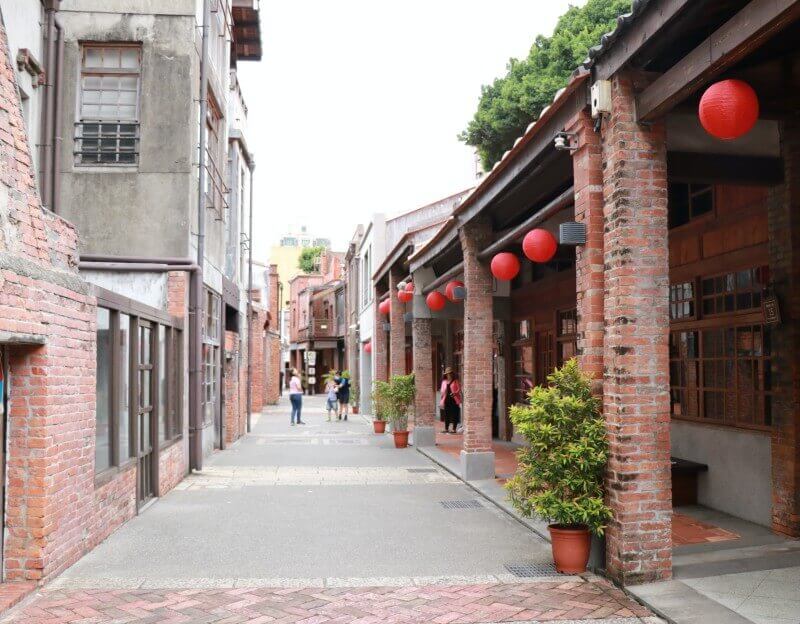
Sip on Tea Down Herb Alley
Also know as Life-Saving Street, Herb Alley is a small alley a stone’s throw away from Longshan Temple. The alley is door-to-door herb shops, ranging from big sacks of dried herbs to products like cacti and aloe. Everything you find will be a remedy used in Chinese medicine, hence the alley being dubbed Life-Saving Street. The stores all have transparent roofs and the street has excellent airflow, in order to maintain the herbs’ freshness for as long as possible.
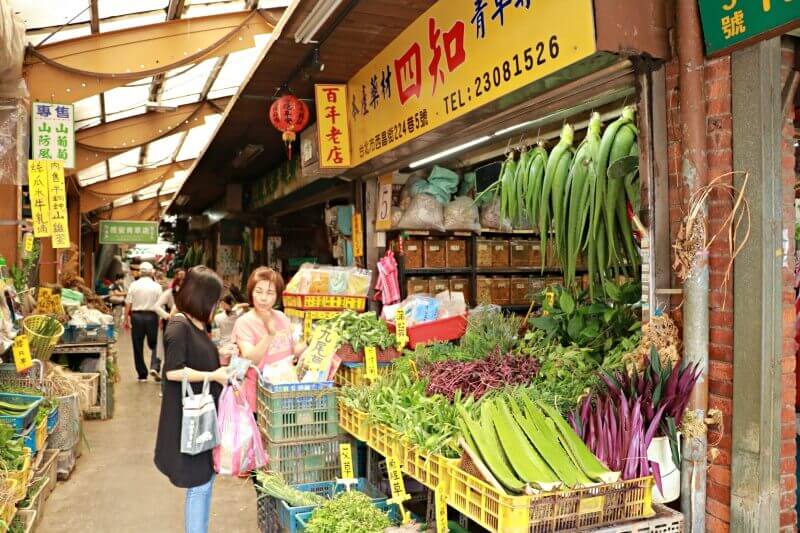
Browse a Traditional Market
Traditional yet modern, like so much these days in Taipei, the markets from East San Shui Street down to Xinfu Market (also known as U-mkt) are definitely worth your time. The latter is part of the JUT Foundation’s Project UrbanCore and has been the base for the study of traditional market culture and day-to-day life in Taipei for the past three years, while the former is as authentic as they come. (You might also like: Three Alternative Ways to Experience Food in Taipei)
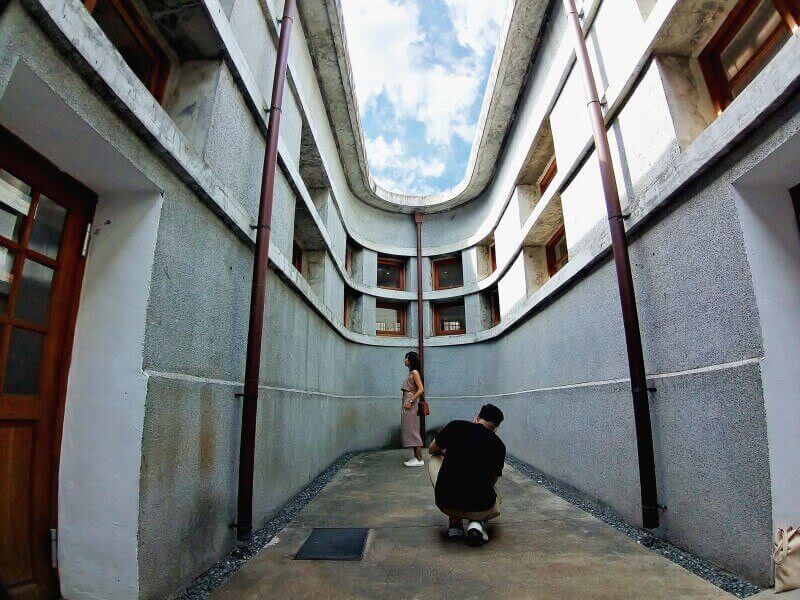
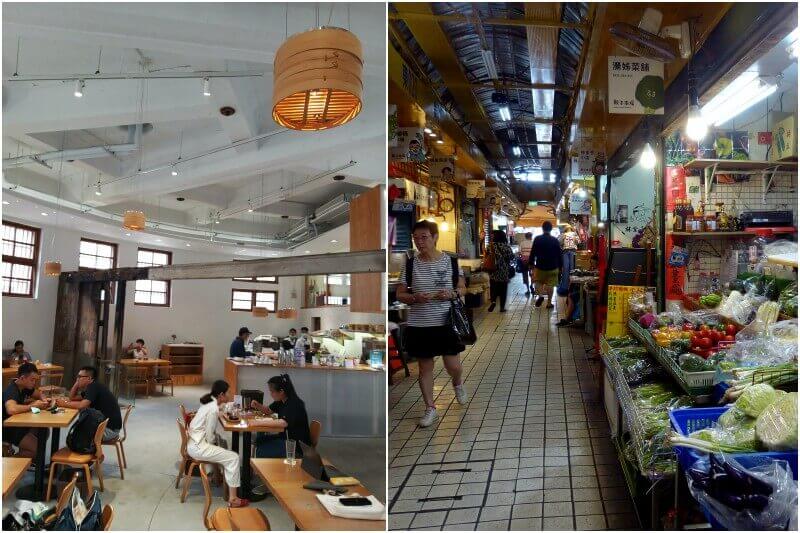
Gorge Yourself on Street Food
All that wandering around temples is bound to make you work up an appetite, so you’ll be pleased to find out that there are plenty of market options in the local area. Bangka Night Market is over on Guangzhou Street to Longshan Temple’s west, while to the north of here is Huaxi Street Night Market, commonly known as Snake Alley, where you can get all the usual night market fare but in the past was a destination for more exotic offerings ranging from snake blood to deer penis wine, which, nowadays, unfortunately, you most likely won’t be able to get your hands on due to issues with legality.
Shop ‘til You Drop in Ximending
Ok, while not exactly “near” Longshan Temple, Ximending is still part of Wanhua district, so it makes the list. From high street brands to more unique, one-of-a-kind stalls, Ximending is the perfect place to fill your shopping bags and empty your wallet. There are also heaps of restaurants, bars and arcades to while away some time, as well as cinemas and iconic Taipei venues and attraction such as the Red House and the rainbow flag crosswalk. (Read more: 8 Awesome Things to Do on American Street, Ximending, Taipei)
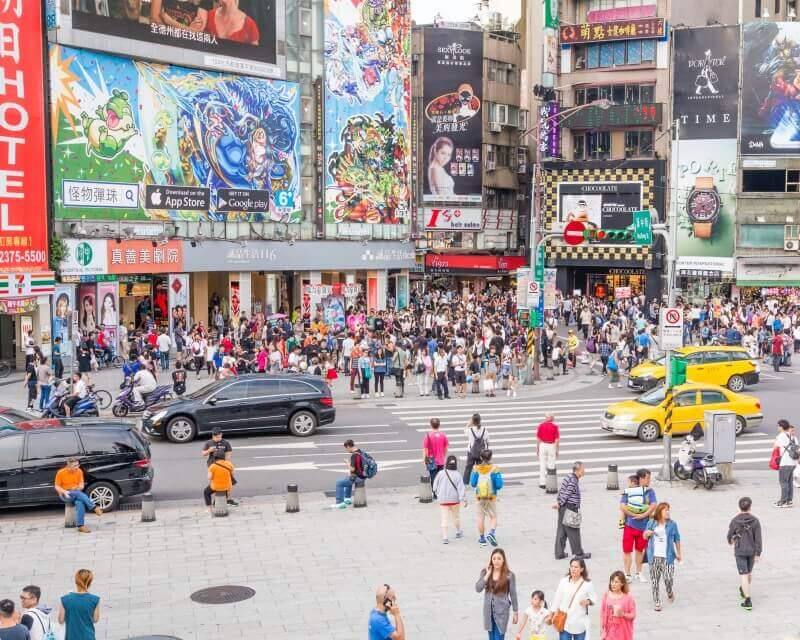
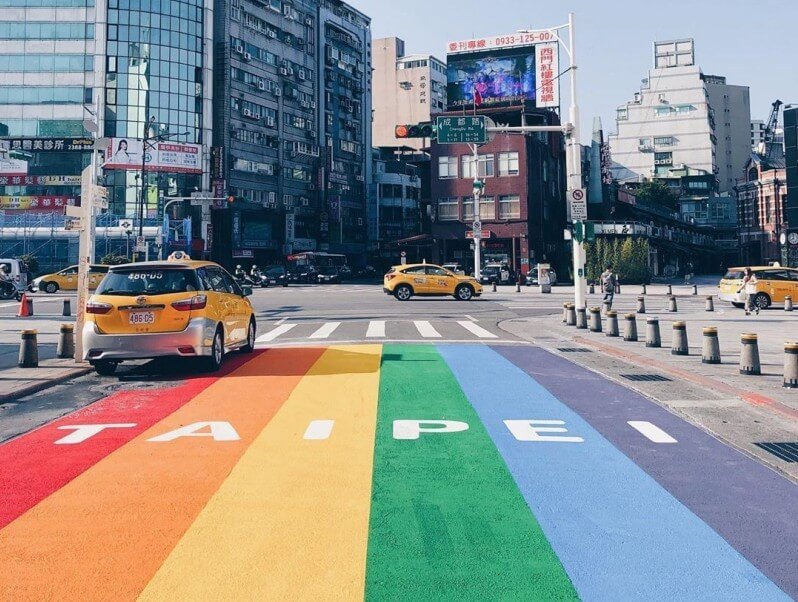
Learn More about Temples and Religion in Taiwan
- 13 Tips for having a deeper Taiwan Temple experience
- Season of Folk Beliefs: Fun Cultural Festivals in Taipei
- Baosheng Cultural Festival: A Festive Event Full of History, Religion and Community
- An End to Loneliness: One String to Entwine Destinies
- Ten Festivals Worth Planning your Taiwan Holiday around (Part one)
- Ten Festivals Worth Planning your Taiwan Holiday around (Part two)


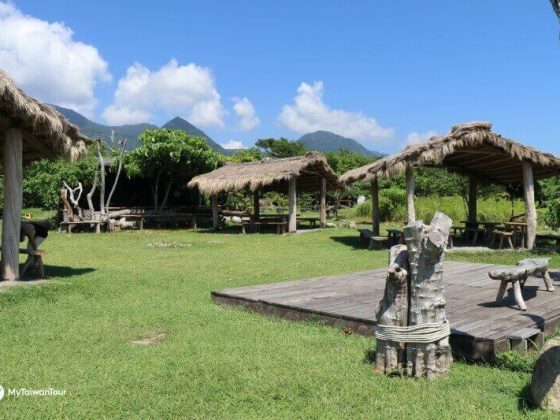










Comments are closed.